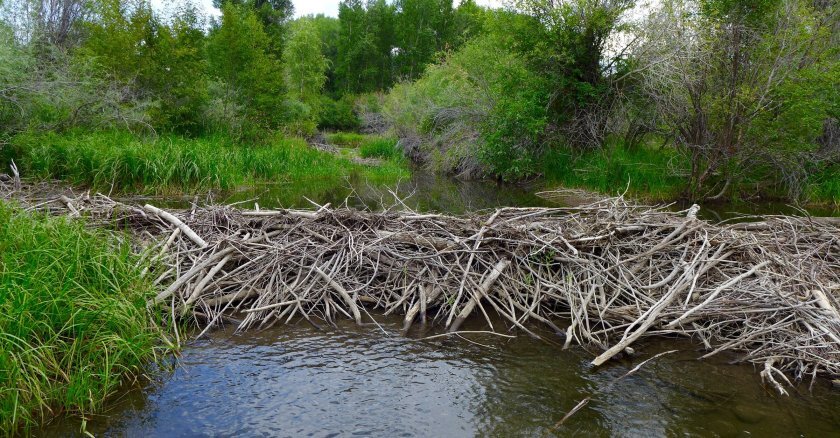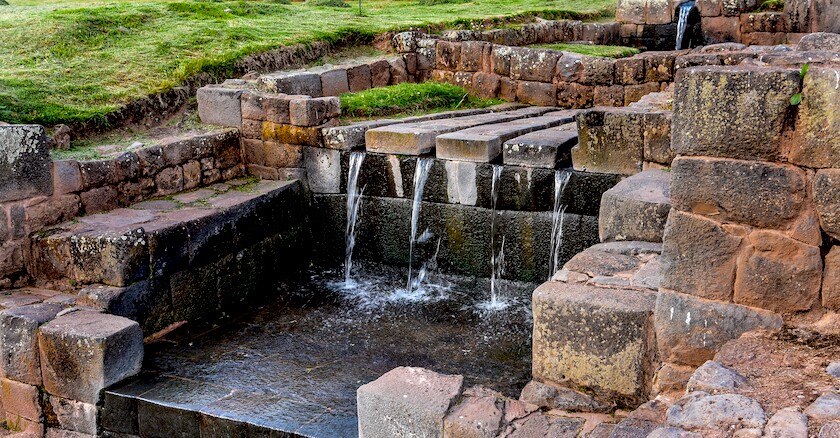The river, which drains 41 percent of the continental U.S., the lifeblood of America’s vast agricultural engine, is in deep trouble. The Mississippi routinely ranks high on lists of the country’s most endangered rivers. This year, for the second consecutive year, prolonged drought reduced its flow to less than half of normal levels.
This threatened the drinking water of nearly 400,000 New Orleans residents. A huge “wedge” of salt water, pulled from the Gulf of Mexico by unusually low water levels, crept upriver for months, spoiling water supplies along the way. Thanks to some much-needed rain, along with heroic efforts by the U.S. Army Corps of Engineers, the dreaded blob, like something out of a 1950s creature feature, recently stalled just outside the city limits. Still, thousands of other Louisianans downriver have been drinking bottled water or importing fresh water for months after the blob infiltrated their supplies.
Last year, the water level of the river, which carries 60 percent of all U.S. agricultural products and $70 billion in goods each year, dropped so low that thousands of cargo barges were stuck for weeks. This forced goods to be transported by rail and truck, methods that are costlier and produce more carbon pollution. A similar crisis in 2012 inflicted an estimated $35 billion in losses on the U.S. economy.
A heating planet means such drought conditions are growing more common. Ironically, a new era of supercharged storms means flooding will be more frequent, too, keeping the river swinging from crisis to crisis. Even without the effects of climate change, the Mississippi has long suffered from aging infrastructure, vanishing flood plains and pollution from agricultural runoff. The Big Easy may have avoided catastrophe this time, but the millions of people who live and rely on America’s most important river can’t be so lucky forever.
“The Mississippi’s resilience hides ongoing degradation that is taking us closer to the brink,” said Michael Reuter, Midwest regional director of the Nature Conservancy, an environmental advocacy nonprofit group.
Some of the measures taken to shore up the river in the short term are contributing to longer-term problems. The same Army Corps of Engineers that helped stop the saltwater blob by building an underwater wall, or “sill,” in its path has also been dredging the river to keep barges moving. That same dredging, though necessary, also makes future saltwater intrusions even more likely. Infrastructure built for an era of predictable river flows is becoming obsolete.
More-sustainable help is on the way:
• The 2021 bipartisan infrastructure law unlocked billions of dollars in federal funds for watershed restoration, flood management, hurricane-damage repair and other projects that could return the Mississippi to something like its natural glory.
• The Inflation Reduction Act offered money and other aid to farmers who embraced river-friendly practices and gave the Department of the Interior millions for restoration projects.
• A 2022 disaster-relief bill gave the Army Corps of Engineers $868 million to spend on the river, including flood-damage prevention.
That’s all great, but it’s still not enough. The Mississippi needs coordinated oversight to make sure that all this money gets spent wisely and that the river keeps getting proper attention, including scientific study, for decades to come. Right now, nobody is in charge of this critical source of drinking water for 20 million people, 1.5 million jobs and $400 billion in total annual economic activity. Nobody is setting priorities or getting the scores of federal agencies, states, towns, tribal nations and NGOs with stakes in the river to sing from the same hymnal.
“The Mississippi is the largest ecosystem in the U.S. that doesn’t have this kind of governance structure,” Reuter said. “Look at the Danube, the Yangtze or the Mekong; they have such governance systems.”
Democratic congressional lawmakers from states up and down the Mississippi have introduced a bill that would establish a federal Mississippi River Restoration and Resilience Initiative. It’s modeled on a similar construct, established in 2009, that is helping clean up the Great Lakes. Congress and President Joe Biden need to quickly turn this, or something very much like it, into law.
When looking for ways to get water to an increasingly parched Western U.S., people often point to the Mississippi as a possible solution. It’s always been a pipe dream, in every sense of the term. The logistics and politics are impossible, and now climate change means less reliable water for everyone. The Mississippi certainly won’t be rescuing anybody until we first rescue the Mississippi.
©2023 Bloomberg L.P. Distributed by Tribune Content Agency, LLC. Mark Gongloff is a Bloomberg Opinion editor and columnist covering climate change. He previously worked for Fortune.com, the Huffington Post and The Wall Street Journal.
This column does not necessarily reflect the opinion of the Bloomberg L.P. editorial board or Bloomberg LP and its owners. Governing's opinion columns reflect the views of their authors and not necessarily those of Governing's editors or management.
Related Articles













